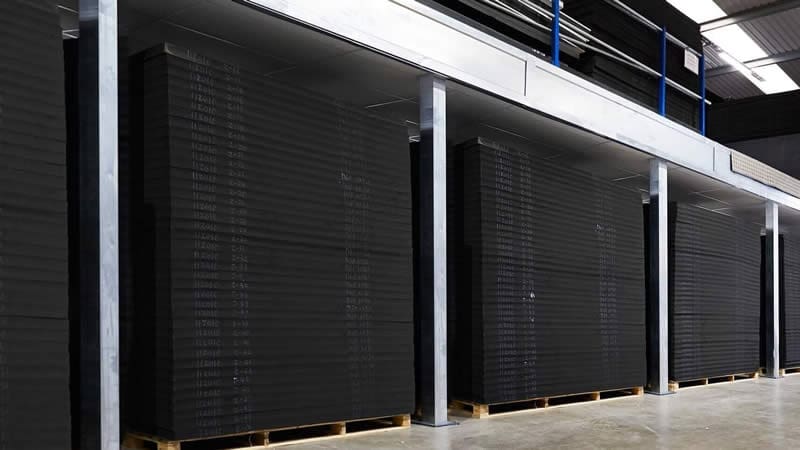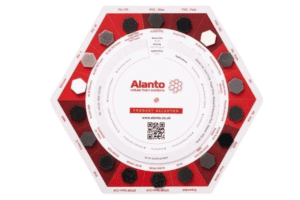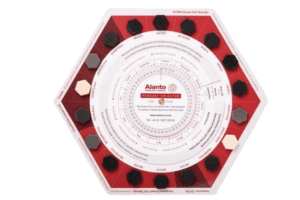Summary. Discover Sustainable Foam Production Methods and Foam Conversion Basics. Learn how technological advancements and eco-friendly practices are reshaping the foam conversion industry, addressing key challenges and promoting a more sustainable future with Alanto’s innovative solutions.
The Evolution of Foam Conversion in a Dynamic Market
The foam conversion industry stands at a pivotal juncture, driven by rapid technological advancements and shifting market dynamics. As businesses face increasing pressures—from environmental regulations to cost constraints – the need for innovative foam solutions has never been greater. This blog delves into the key trends and technologies that are reshaping the foam conversion market, addressing common pain points and setting the stage for a more sustainable, efficient future. It also explains why Alanto lead the field
Emerging Trends in Foam Conversion
1. Technological Innovations
The move towards advanced manufacturing technologies is helping overcome the traditional limitations of foam conversion. Automated cutting machines, laser precision systems, and computer-aided design (CAD) tools are reducing waste, speeding up production, and enhancing the quality of foam products. These technologies not only tackle the issue of technological lag but also improve adaptability, allowing manufacturers to quickly respond to custom demands and complex design requirements.
2. Sustainable Foam Production
As environmental concerns grow, the industry is seeing a surge in sustainable foam production methods. Innovations such as bio-based foams and recycling processes are becoming increasingly prevalent. These methods help companies align with environmental compliance mandates and appeal to a consumer base that values eco-friendly products. Moreover, sustainable practices often lead to cost savings in the long run, as they utilise less energy and repurpose waste materials.
3. Cost Management Strategies
In an era of tight budgets and economic uncertainty, cost management remains a critical focus. Foam conversion businesses are adopting lean manufacturing principles and just-in-time production to reduce overheads and minimise inventory costs. New materials that offer better performance at a lower cost are also being developed, addressing the need for cost-effective foam manufacturing without compromising quality.
4. Adapting to Market Demands
The ability to swiftly adapt to changing market requirements is another key trend. Customization and flexibility in production have become essential as customer preferences evolve. Advanced foam conversion technologies enable manufacturers to offer a wide range of textures, densities, and forms, ensuring products are tailored to specific industry needs – from automotive to healthcare.
5. Strengthening Supply Chains
Finally, enhancing supply chain resilience is crucial amid global disruptions. Foam converters are diversifying their supplier base, investing in local production capabilities, and integrating digital tools to enhance supply chain visibility and responsiveness. These measures help mitigate the impact of supply chain vulnerabilities, ensuring continuous supply and stable operations.
Conclusion
The future of foam conversion is characterised by rapid advancements in technology and a strong emphasis on sustainability and efficiency. By embracing these trends, businesses can not only solve current challenges but also position themselves as leaders in a competitive global market. As we look ahead, the foam conversion industry is set to play a crucial role in driving innovation across various sectors, making it an exciting time for both manufacturers and users of foam products.
Are you ready to leverage the latest innovations in foam conversion to propel your business forward?
Contact Alanto today to explore our advanced foam solutions tailored to your industry needs.
Visit our page for more insights into foam conversion technologies:


